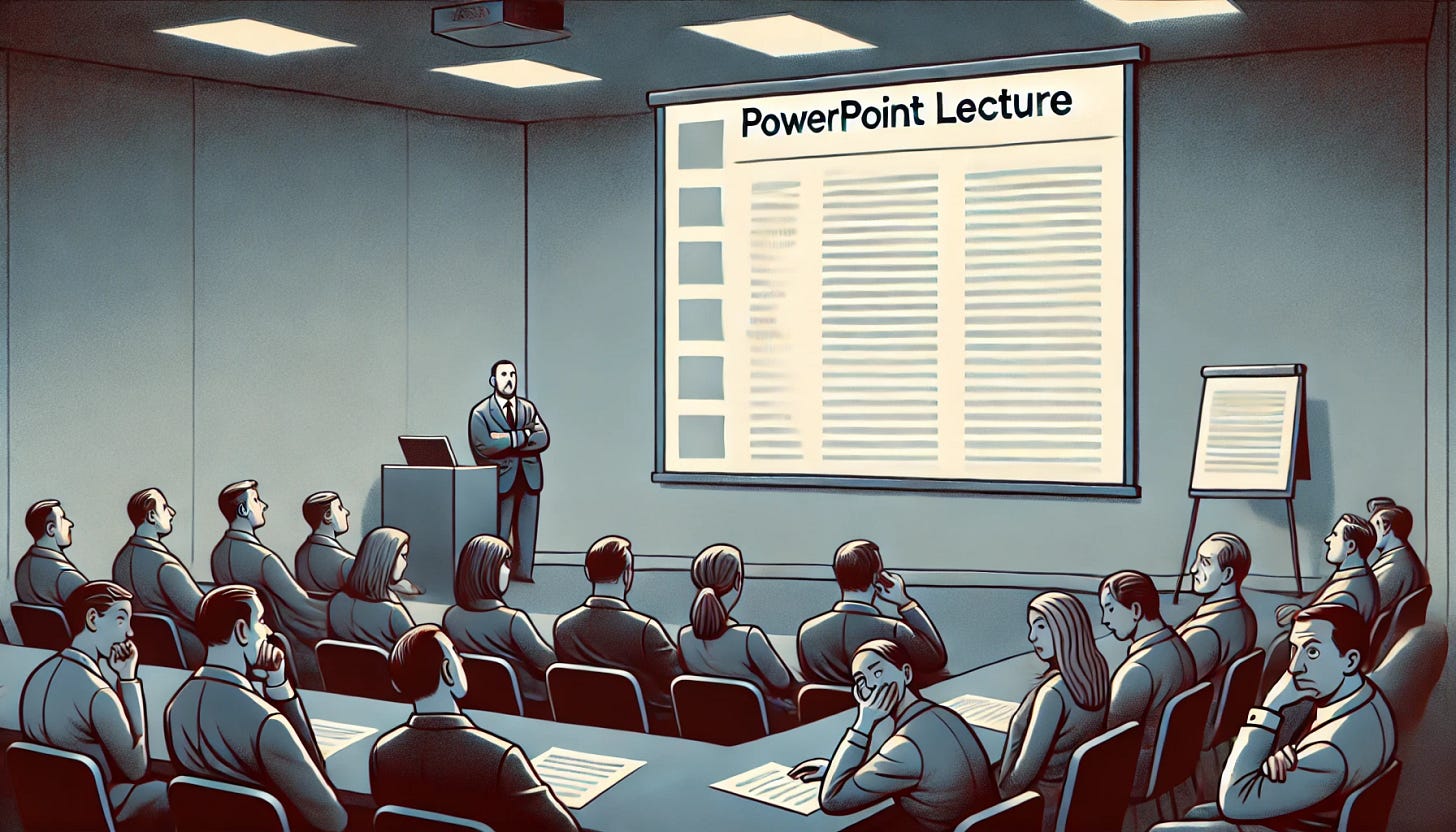This week saw a colleague and me head to the Australian School Improvement Summit in Melbourne, organised by the ineffable Elena Douglas and The Knowledge Society. It was a gathering of devotees to the pursuit of evidence-informed teaching. This context caused me, when asked to summarise the day’s proceedings, to raise two notes of caution among the optimism. Firstly, we risk terms like ‘knowledge-rich’ and ‘explicit teaching’ becoming buzzwords that people on the outside use because they are fashionable yet the original meaning gets lost. This is already apparent when proponents of inquiry learning insist it somehow includes a lot of explicit teaching.
My second caution was that in a room full of people heatedly agreeing with each other, it is easy to underestimate the intensity of the opposition to these ideas. For example, just look at the recent social media reaction to my comments on play. When you drill down past the anonymous trolls, you often find people embedded in parts of the education establishment.
This weeks Curios include shade, missing physicists, morphology and much more.
Seating plan of the week
When I wrote my first book, The Truth About Teaching, I surveyed the evidence on classroom seating, mainly drawing on work by Kevin Wheldall and colleagues. The conclusion I came to was that balancing practicality and effectiveness suggests placing the students in rows facing the teacher. This minimises distraction without the need for the space required by a horseshoe arrangement.
A new blog post by Blake Harvard draws on a 2008 systematic review to reach similar conclusions:
“So, think about the work the students will be doing and arrange seating accordingly. The nature of my classroom (teaching AP Psychology) dictates that I need my students in rows a lot more because I need their attention on new material daily. And, if I need them to more easily attend to content while minimizing distractions, rows appear to be the way to go. As I’ve seen many times in the past, seating students in groups or in an arrangement where some students may not be facing where the instruction is coming from, they tend to more easily distract themselves and then pass on that distraction in some form to the peers around them (see attention contagion above). And, if I want students to interact with one another to discuss topics or work together to complete a task, they can easily turn their chairs to create pairs or groups. Then, when we’re back to whole class learning, they simply rearrange themselves back into rows.”
Yes — rows should be the default.
Shade of the week
I don’t like it when people personally insult me and there are a lot of those people around, it seems. However, I am a fan of honest disagreement. Despite what my detractors think, I don’t claim to know everything and a little shade can, well, shed some light (if you see what I mean…).
Keep reading with a 7-day free trial
Subscribe to Filling The Pail to keep reading this post and get 7 days of free access to the full post archives.






